Your cart is currently empty!
Reader Head Lookout visit and the Japanese history of Cossack, WA
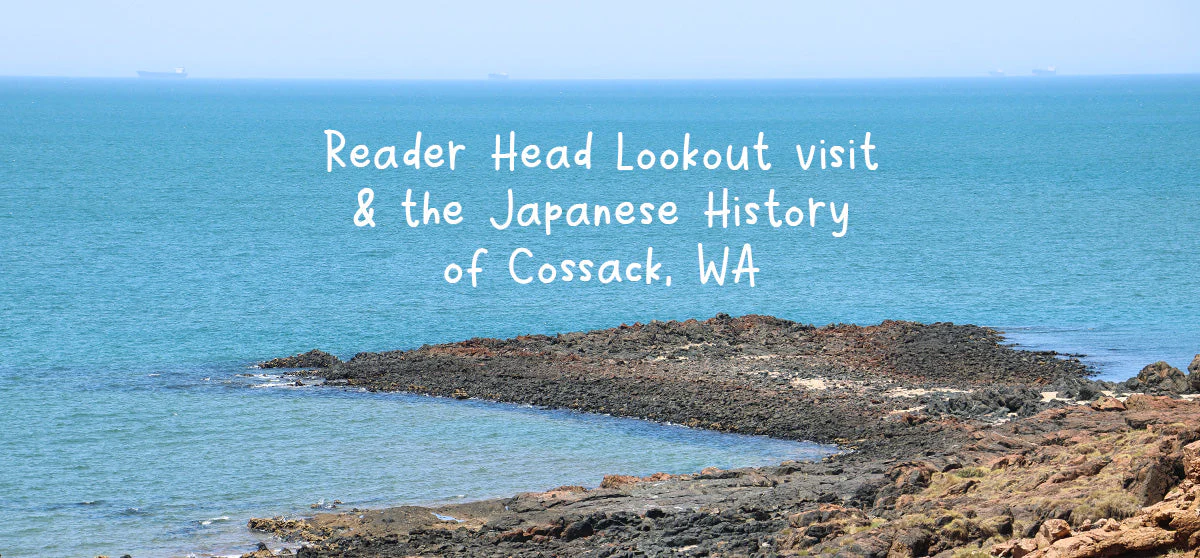
Reader Head Lookout is on the northern hill of Cossack (Bajinhurrba in Ngarluma language), Western Australia and it’s a stunning place to visit.
当記事の日本語版良かったらこちらになります。
Down to the left is Settlers Beach and you can see out to Jarman Island and the Jarman Lighthouse and quarters. There’s info online about the lighthouse here and how it’s one of two remaining cast iron plate (1″ thick) towers brought out from England as a kit and assembled on site in 1888. The impressive design feature is that the bolts are all on the inside and don’t face outwards to become a point of corrosion, clever. Jarman Island was named after Captain Jarman of the barque Tien Tsin that carried people there in 1863.
Reader Head Lookout is a great place to get shots of what look like nankeen kestrels using the thermals over the beach to spot prey below. I didn’t get time to go down to the water but there are plenty of interesting starfish and creatures it seems. Looking south, the sunset over Elly’s beach is also pretty spectacular.
There have been calls for a long time to develop Cossack further and you can read about it in the ABC news article, Push to bring life back into historic Pilbara town after years of broken promises. There are local art awards organised and you can check the info and winners on the Cossack Art Awards website.
The town is heritage listed and under the charge of DPLH and the latest Bajinhurrba conservation management plan I can locate is from 2018. My great-great-grandfather (Platt) apparently worked on some of the buildings in Cossack, I’m collating any details here.
As I researched the area, I came across the Cossack Cemetery and the graves of the residents that ran or worked on the pearling fleets. The cemetery has a mix of European and Japanese graves in it and the names are listed on this website. The memorial tower with Japanese writing was erected in 1928 and the inscription reads, 昭和三年七月 or Showa san nenn shichi gatsu (1928). The WA Heritage listing for the Cossack Cemetery is here.
“Cossack owes much of its colourful past to the pearlers and their crews and the resulting mixture of races. In its heyday Cossack even had a ‘Chinatown’ and included two Chinese general stores, a Chinese bakery, a Japanese Store, a Turkish Bathhouse and a Chinese tailor.
Some of the deceased seem to have been pearl divers or pearl diving asset owners (Jiro Muramatsu was a major figure in town but is buried in Cowra), many died young from decompression sickness (or cancer) and most under 55. Jiro owned and based his pearling fleet at Cossack until 1929.
The most prominent headstone in the cemetery is that of Sakutaro Muramatsu, Jiro’s father. Sakutaro is likely one of the earliest Japanese people to settle in Australia. He was the chief of the Cossack Japanese community and when he passed, the cemetery was repaired and 120 local Japanese locals donated to make it happen.
Checking records of of the ships (Saladin) they used to travel from Japan, Singapore to Broome, it seems the ship had a subsequent Japanese owner (Yoshitaro Kawasaki). Possibly part of the community network that facilitated travel for the Japanese people in Cossack. There are some photos of SS Saladin (1897) in the State Library of WA. At the time, it took ships five months to travel between Japan (Kobe) and Australia. We do it now in 13 hours.
Here’s the story of Jiro Muramatsu in pdf (and another set of research by Mayumi Kamada) that I found, linked from Nagoya University. It’s a pretty amazing read if you’re interested. Jiro started the pearling business in 1906 and had ten boats when the 1912 WA Pearling Act came in. There’s lists like these of registered vessels in WA during that time. They assigned some cute names to their luggers: Editha, Bee, Ant, Emu, Bat, Pearl, Ruby and Fly (lol).
Jiro’s story includes some artist impressions and photos of Cossack from 1913. It also mentions the hardships endured by Hatsu (Jiro’s wife) living in Cossack. She travelled to Roebourne every 10 days for groceries and is recorded as the last resident of Cossack (now abandoned). I wasn’t able to locate any signs in Cossack about the Japanese contributions to the town, it would be sad if there was never any public record on display at all. Note they do get a mention in the Register of Heritage places.
There is a sign in the town of Roebourne talking about the operations of The Old General Store which operated from the late 1890s. A horse drawn tram went daily between the townships of Roebourne and Cossack and it was replaced with a steam locomotive by 1909. I wonder if the general store in Roebourne and the store run by the Muramatsu’ in Cossack also exchanged goods.
The Muramatsu’s suffered continual racial discrimination while running the pearling fleet and general store businesses and were repeatedly declined expansion requests of the fleet. In 1931 the district inspector in Geraldton also randomly cancelled their license to sell stamps at the store, a free service they provided to the community.
Housing was separated in race districts and similarly, the cemetery. In 1901 the Commonwealth Immigration Restriction Act, WA Pearling Act (prevented non-white people owning pearling vessels) and the eventual paranoia of the Pacific War, led to his fleet being impounded. Jiro and Hatsu had moved to Darwin and were arrested and put into an internment camp in 1941 with the reason of being an Asian Aboriginal.
Some of his vessels were refitted as patrol boats and the Mavie from his fleet was the first sailing vessel of the Royal Australian Navy to be sunk in action when bombed by the Japanese in 1942 at Darwin wharf. Their property in Darwin was also destroyed and then the remains demolished by the army.
Jiro passed away interned in the camp in 1943, leaving everything to his wife, Hatsu. Hatsu was released from the camp eventually in 1946 and returned to Cossack at nearly 70 years old. Sadly on her return, she found that the store and house had been ransacked. There were only four houses remaining then and a total of three people including Hatsu, living in the town. She wrote in letters back to Japan of the loneliness of living in a remote town with a population of three.
In 1957 she applied for their daughter Haru, living in Japan to visit her in Cossack, the request was denied by WA authorities. She seems to have immediately left for Japan and lived her remaining time with her daughter Haru in Yokohama, passing away in 1959. A happy ending to such a remote and harsh life.
Jiro was buried in Cowra. Hatsu’s headstone in Yokohama is engraved with both her name and the name of her husband, Jiro. Jiro’s diary and other records are kept in the State Library of Western Australia including a photo of Jiro and Hatsu.
Having lived in Japan for 10 years, I had a foreigners (zairyu) card and I was supposed to always carry it at the time for identification. Each year I received a temporary resident visa extension after rigorous review, sometimes it was a short extension and once it was a longer one. It was a point of contention for foreigners living in Japan at the time and I was fortunate with each review, but many others had their applications rejected.
There were similar challenges in Jiro’s time, Japanese and other foreigners leaving Australia temporarily, had to carry a Certificate of Exemption from the Dictation Test so that on their return, they weren’t subject to the 50 word diction test that may disqualify them from reentry. Can you imagine spending five months on a boat only to be turned around and sent back?
Recent visa experiences are nothing compared to Jiro’s and Hatsu’s hardships, but it seems Jiro also experienced similar treatment when he applied for naturalisation in Western Australia back in 1899. He had lived in Cossack for seven years, managed a store, finished his higher education in Victoria, was fluent in English and yet his application was rejected in Roebourne on the grounds of being a foreigner.
There has been extensive research done on Jiro and Hatsu and the people surrounding them. Reading through the research there are insights into their daily life about studying and playing footy and as someone who’s lived and worked in both Japan and Australia, I found the stories of these early pioneers truly fascinating.
From my experience living in Japan, it seems likely that Hatsu returned to the place that felt like home (Cossack) to not just avoid the discrimination in Darwin, but also for clean up and closure. I’m thinking she returned to collect items and clean up what remained, she found the house in a shambles but records show she remained there for about 10 years.
It really makes me wonder what kept her there when there was nothing left in Cossack and her daughter was in Yokohama. There is some unconfirmed information that she tried to revive the pearling industry. That seems plausible and an honourable effort on behalf of her late husband. Hatsu gave it ten years and then decided that was enough.
Hatsu eventually burnt all of the remaining items in the house that she didn’t want, documents, letters and personal items before she departed back to Yokohama. The burning may have been in alignment with the Shinto tradition to purify and release.
Note that the majority of recorded references to the Muramatsu family have the incorrect spelling, including the documents in the WA State Library. Their name is referenced as Muramats, whereas the correct romaji spelling is now Muramatsu. Interestingly, some of the businesses that Jiro traded with back in Japan are still operating today.
To be honest I had no knowledge of this history when I briefly visited Cossack town. I’ll be going again to spend a night and see the night sky that these pioneers took solace in during those hard days.
I like to imagine though, some of the good times they had. The smiles and cultural celebrations that they had in such a remote location far from home under the stars of Bajinhurrba.
Related references:
- Nayton, G. (2011). The Archaeology of Market Capitalism: A Western Australian Perspective. New York, Springer.
- Paterson, A. G. (2006). “Towards a Historical Archaeology of Western Australia’s Northwest.” Australasian Historical Archaeology 24: 99-111.
- 2018 Draft, Cossack Conservation Management Plan
- First port in the Northwest A maritime archaeological survey of Cossack 25-30 June 2012
- Charles Edward Flinders, (1933) 45 Years In The North West
- All Trove (historical newspaper archive) articles on Cossack, WA
- City of Karratha, Cossack Precinct Listing
- City of Karratha, Local Planning Documents (DPLH)
- City of Karratha, Cossack Development Guidelines 2018
Settlers Beach looking down from Readers Head Lookout.


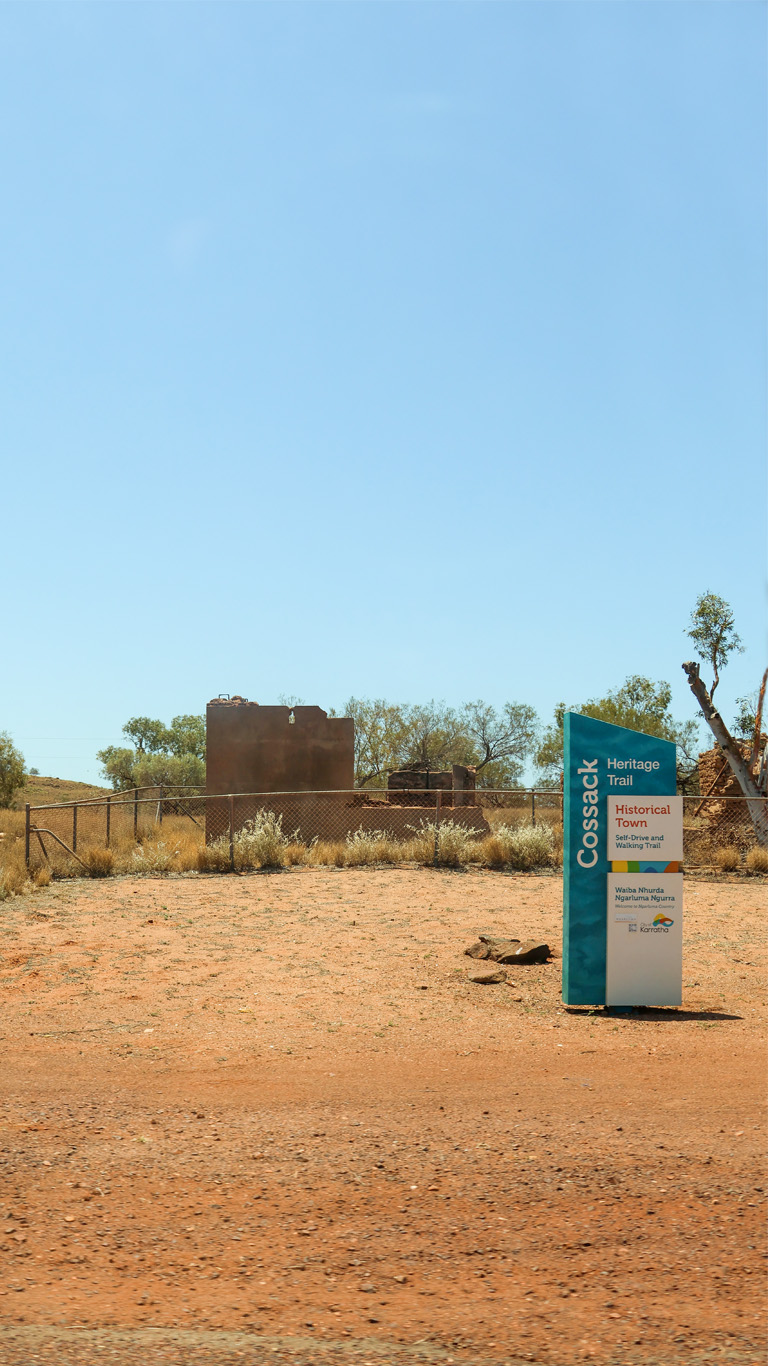
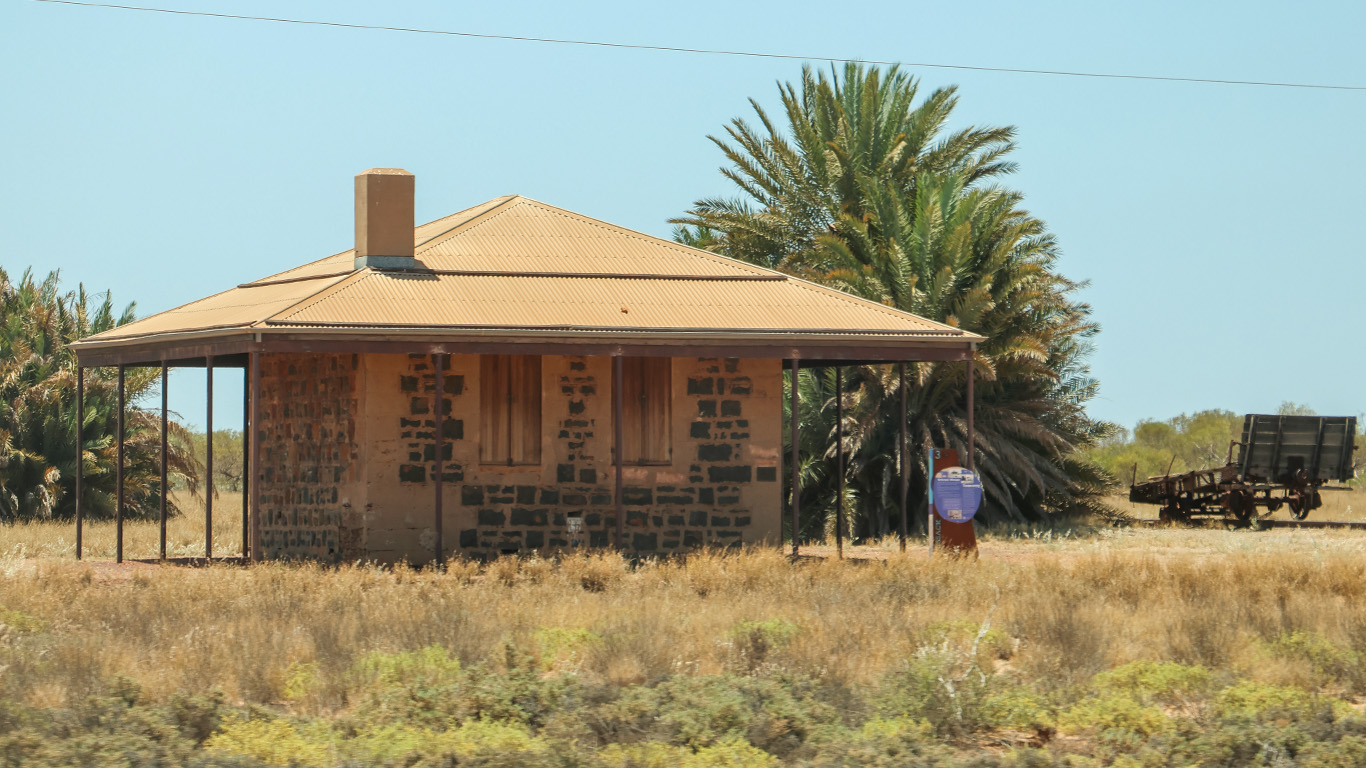
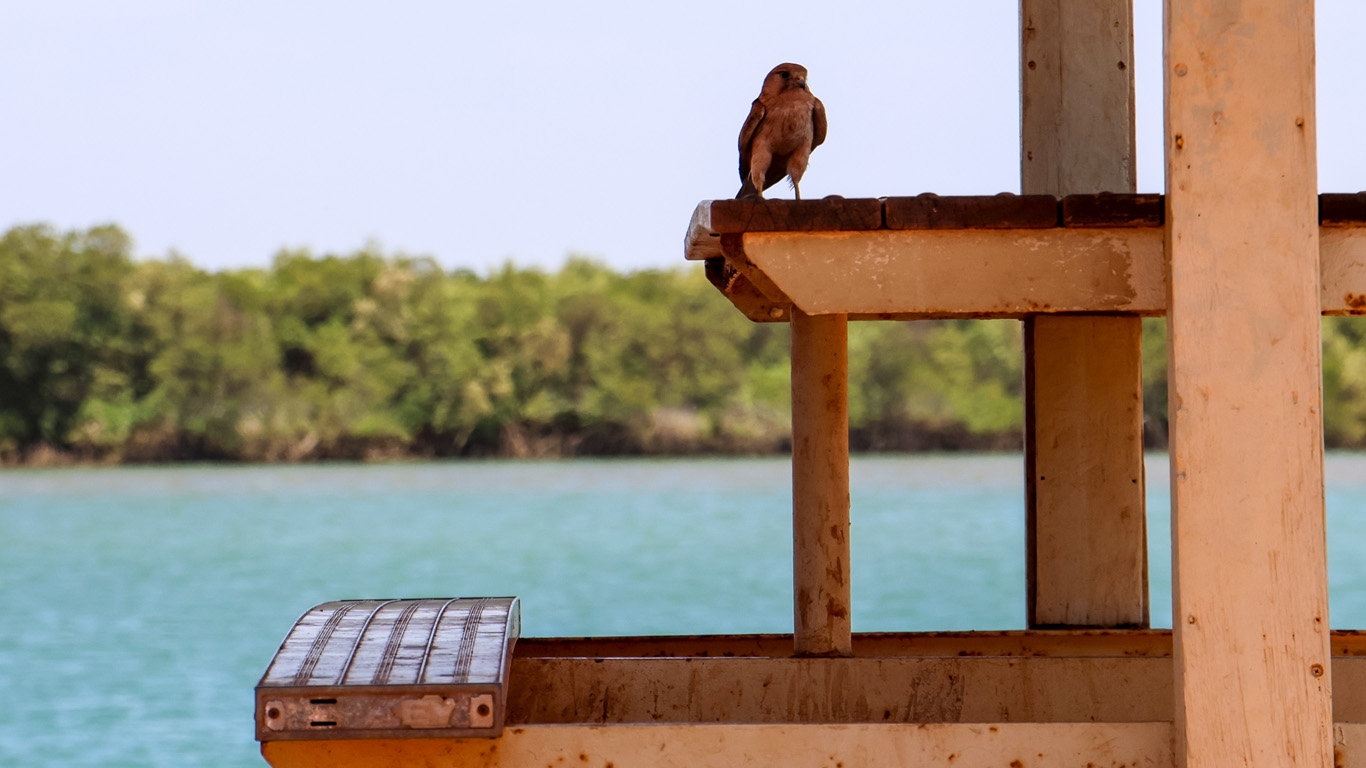
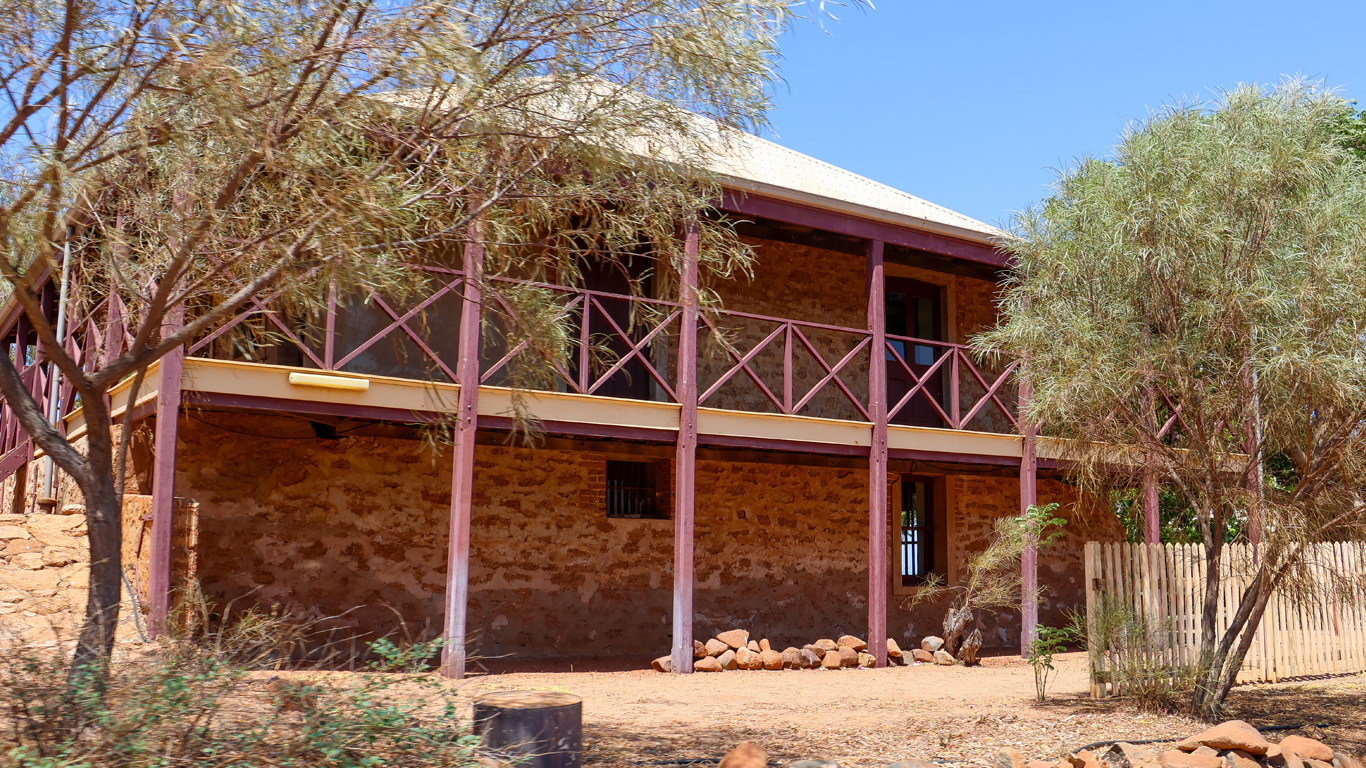
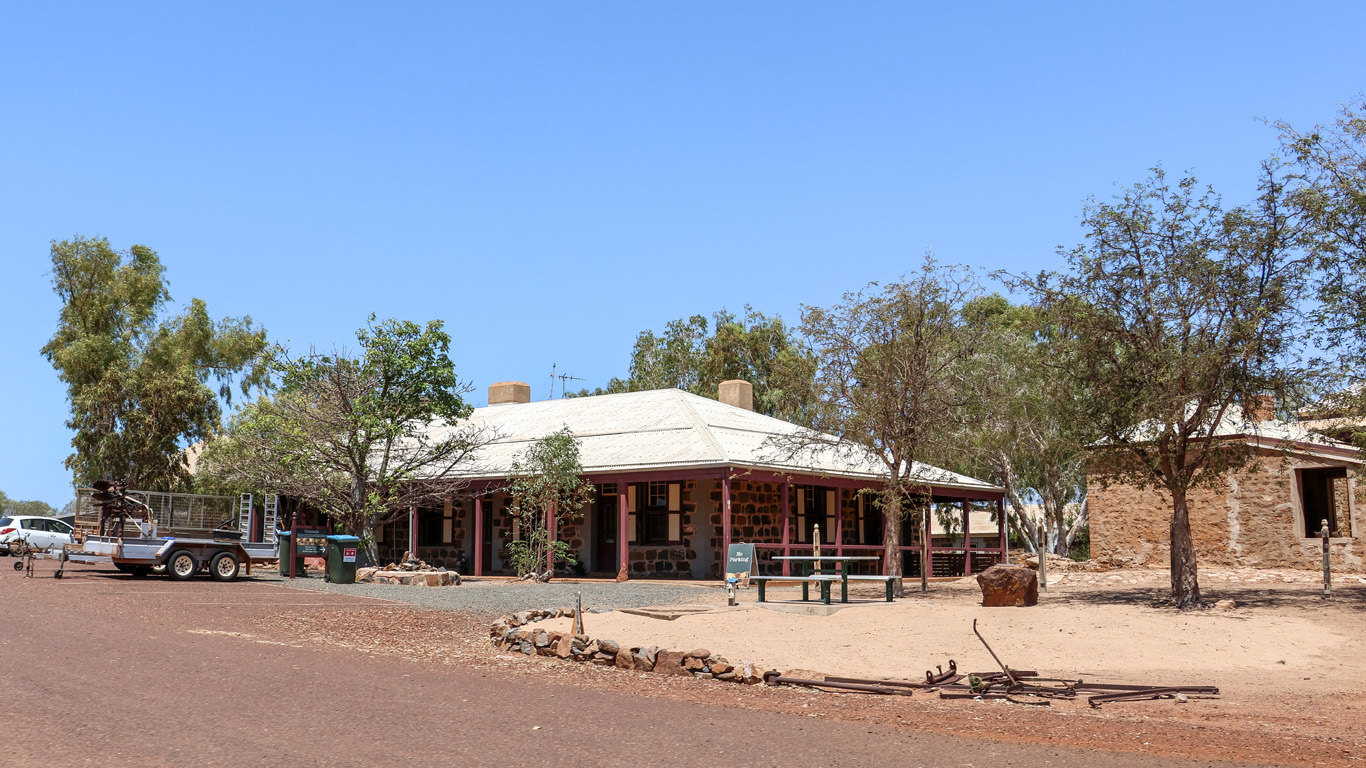
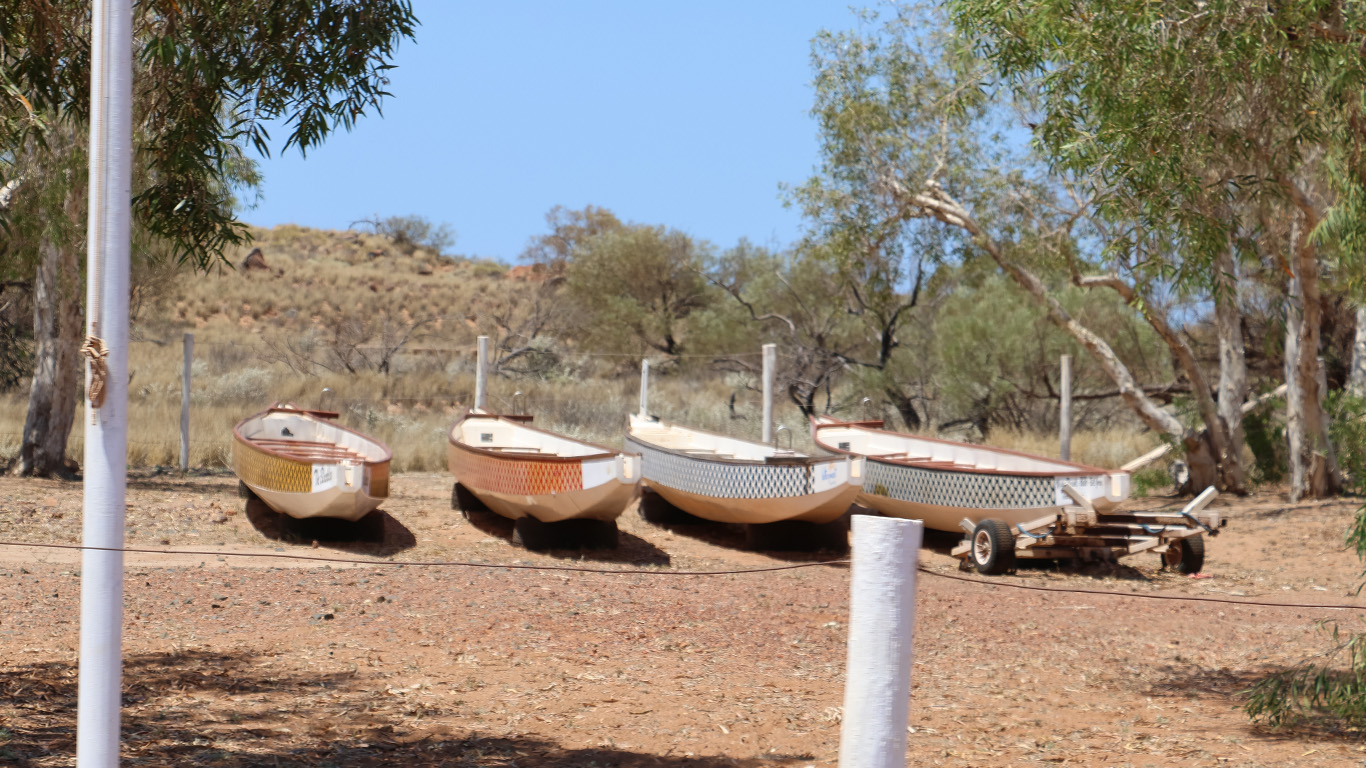
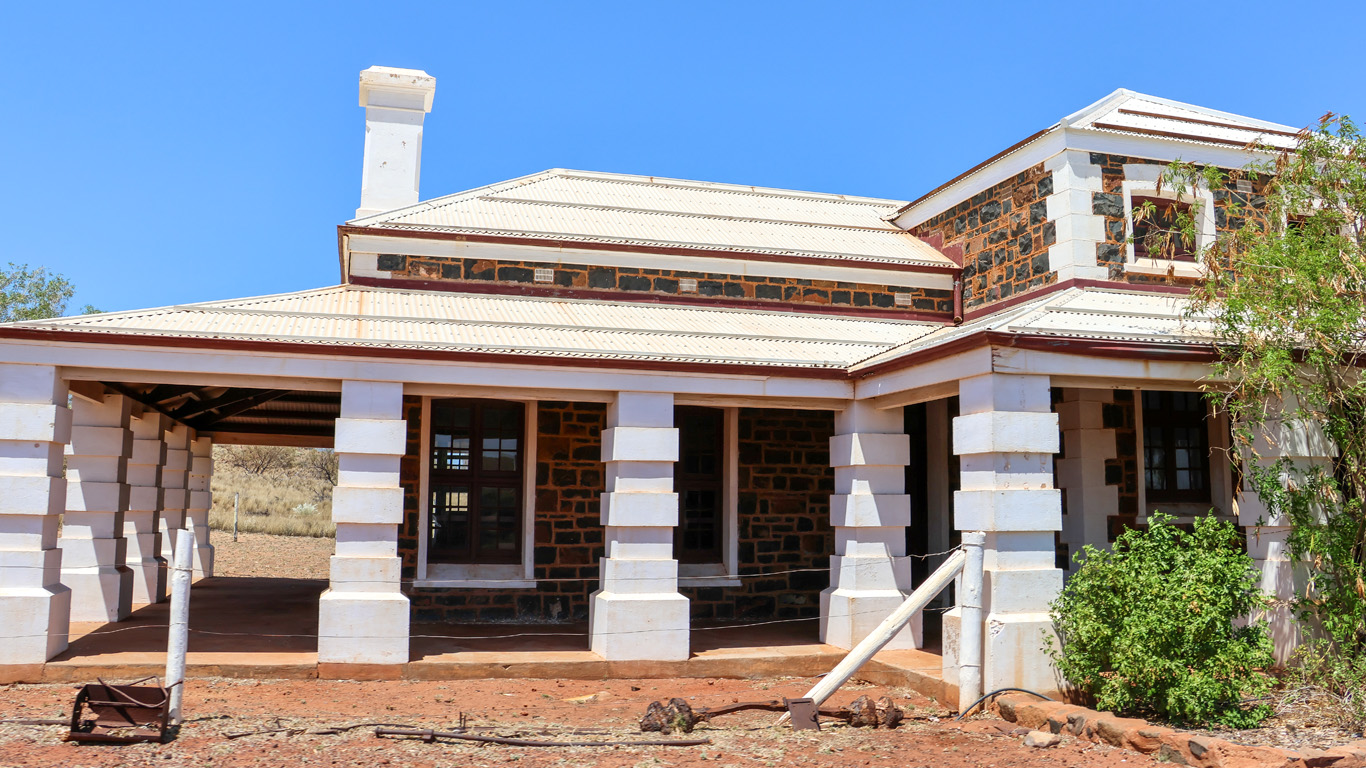

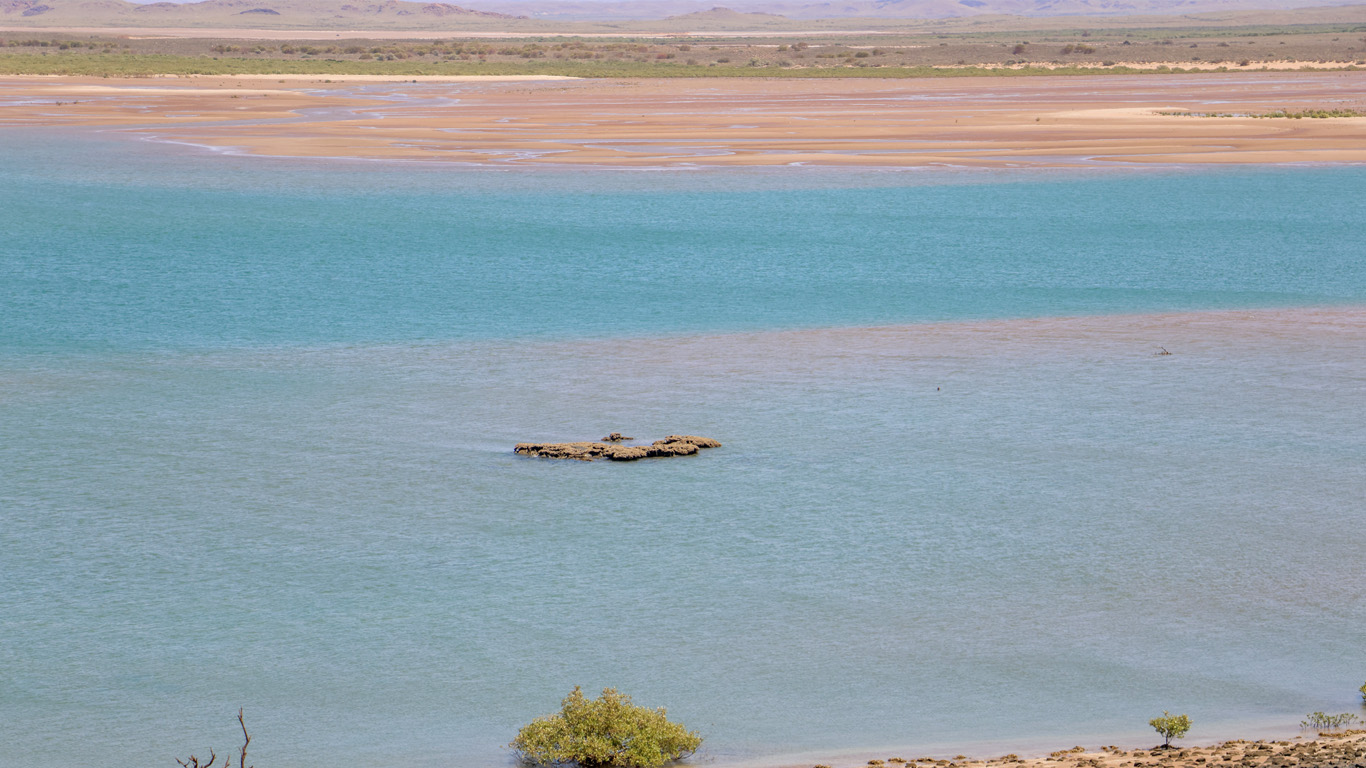
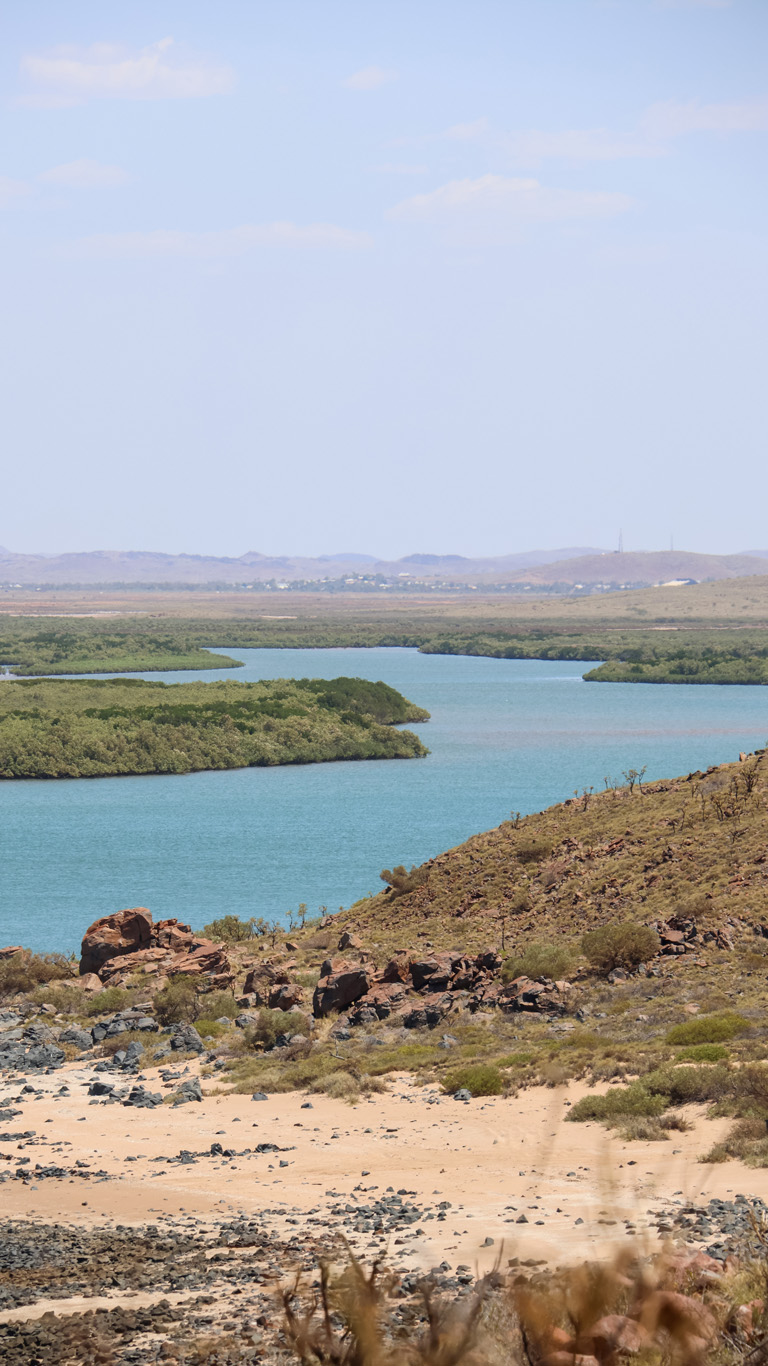
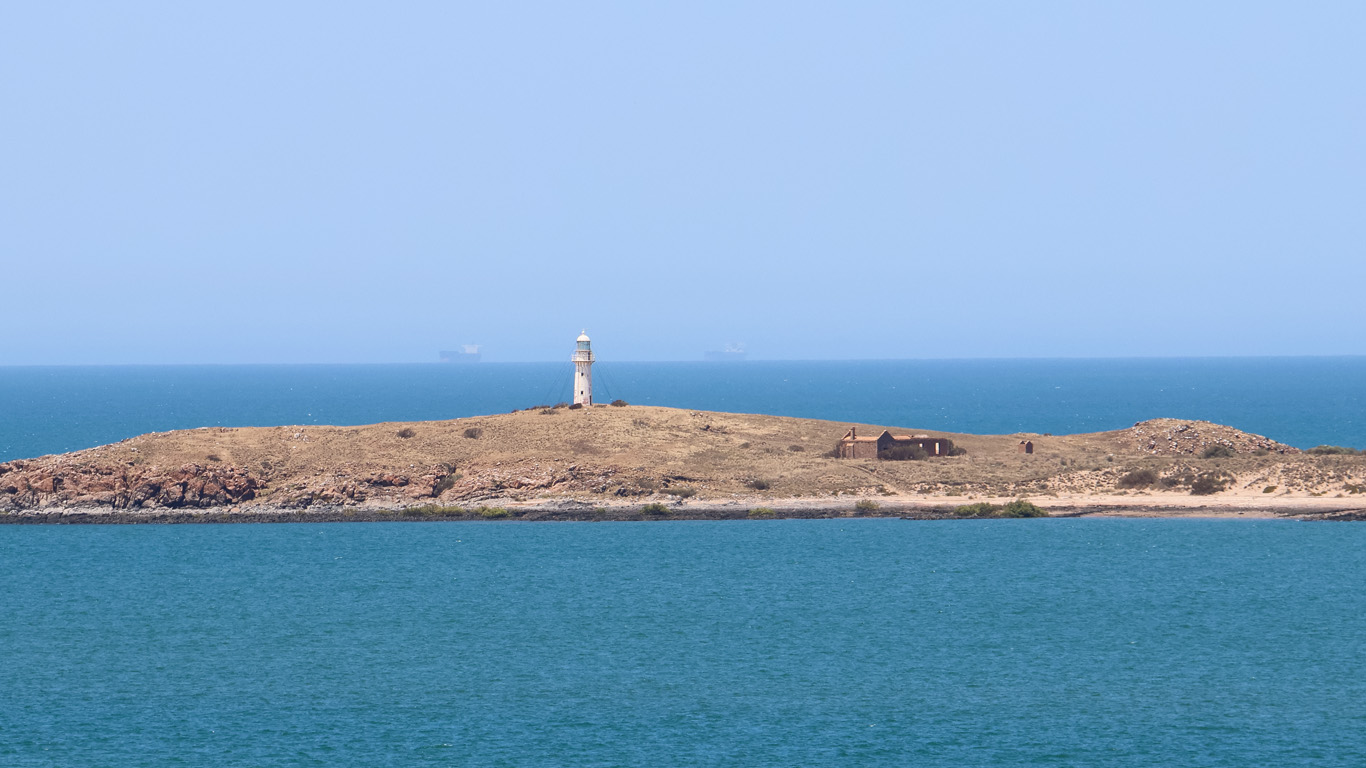
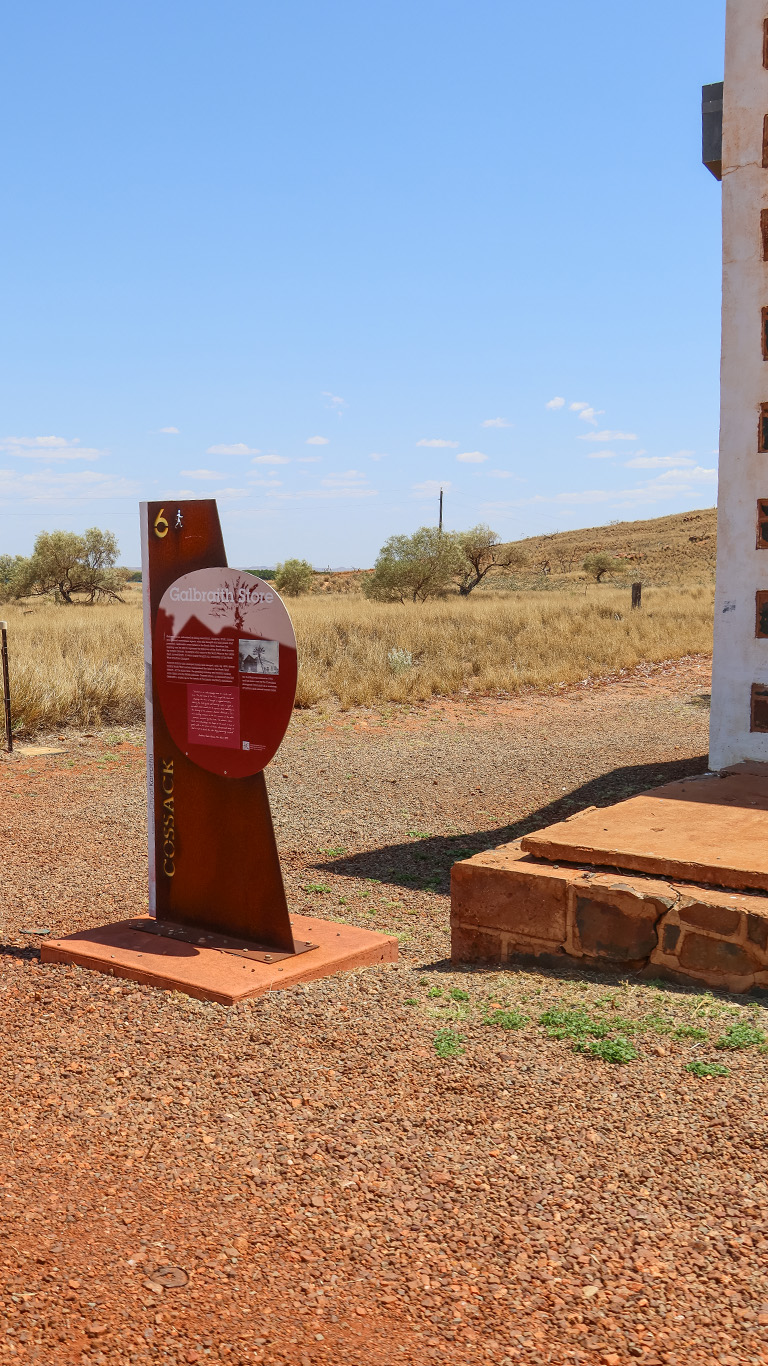
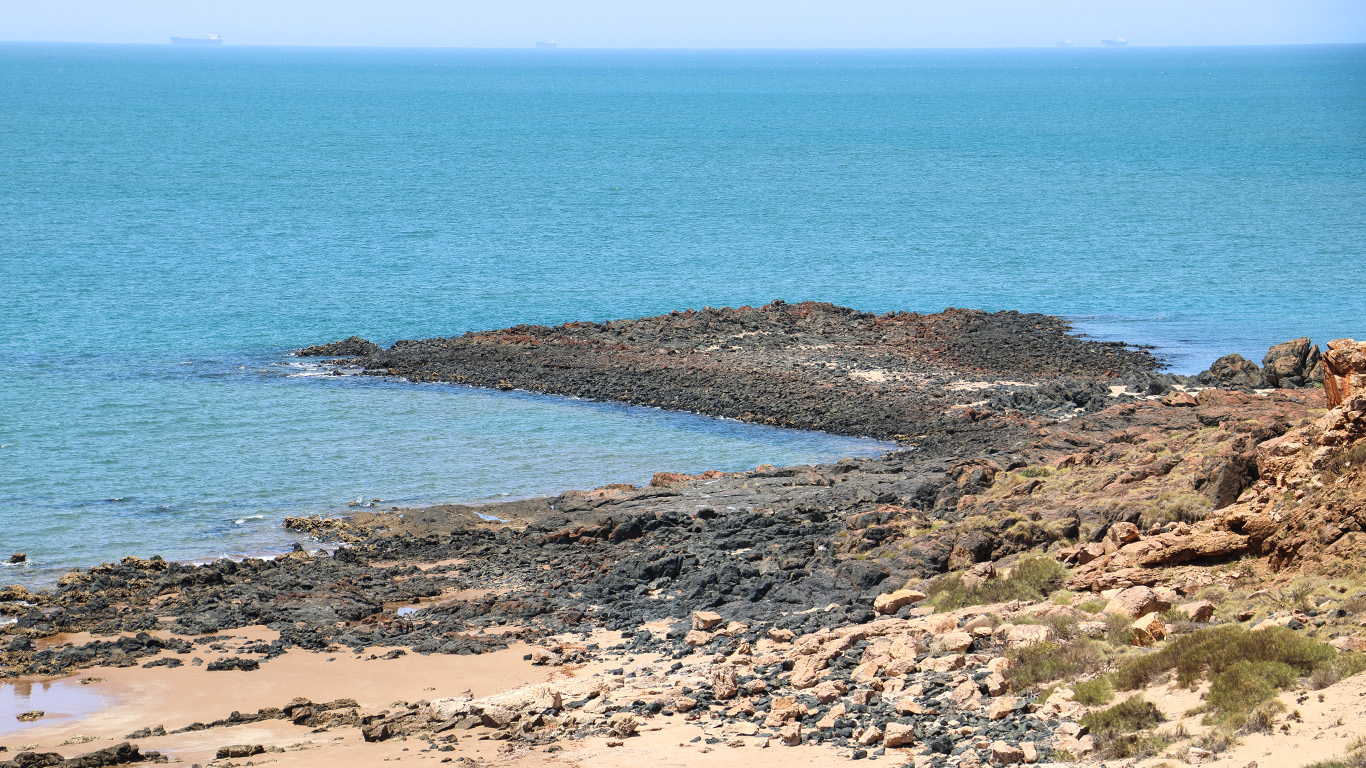
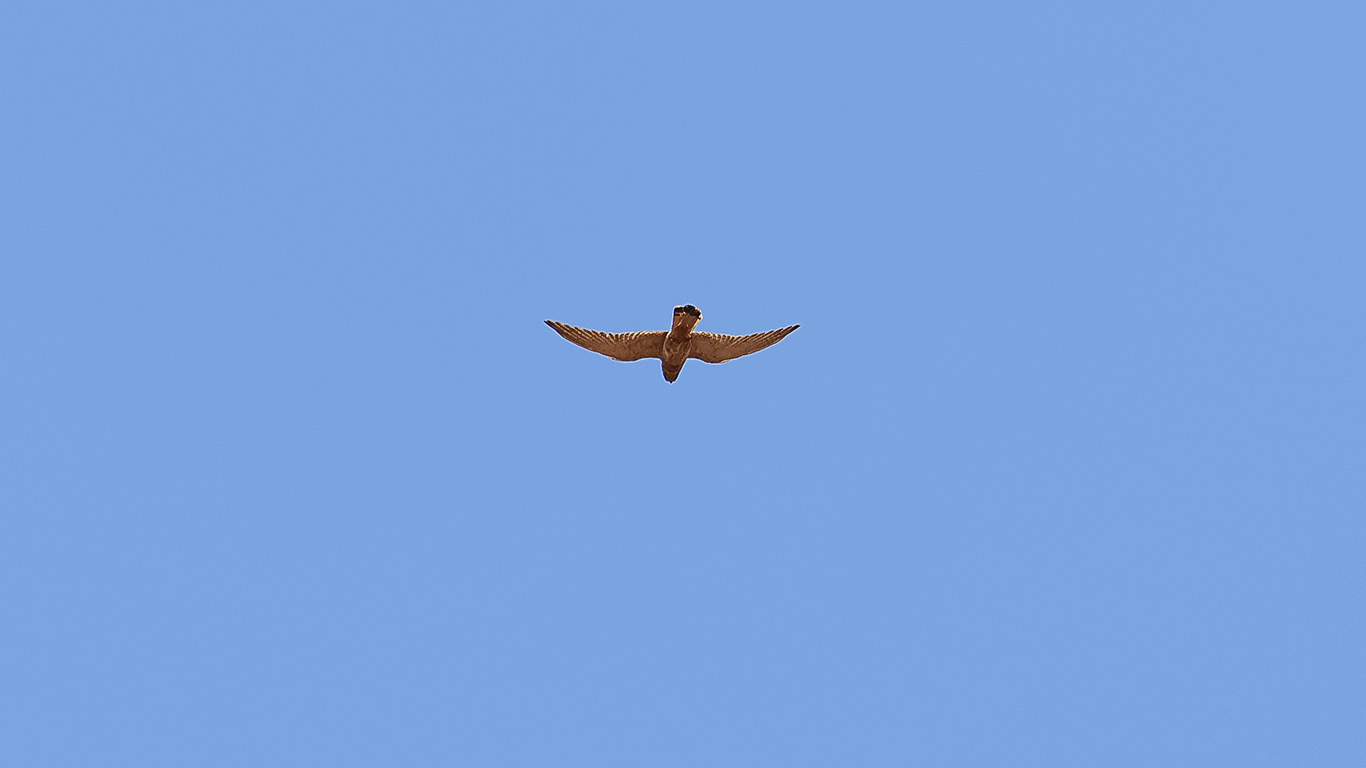
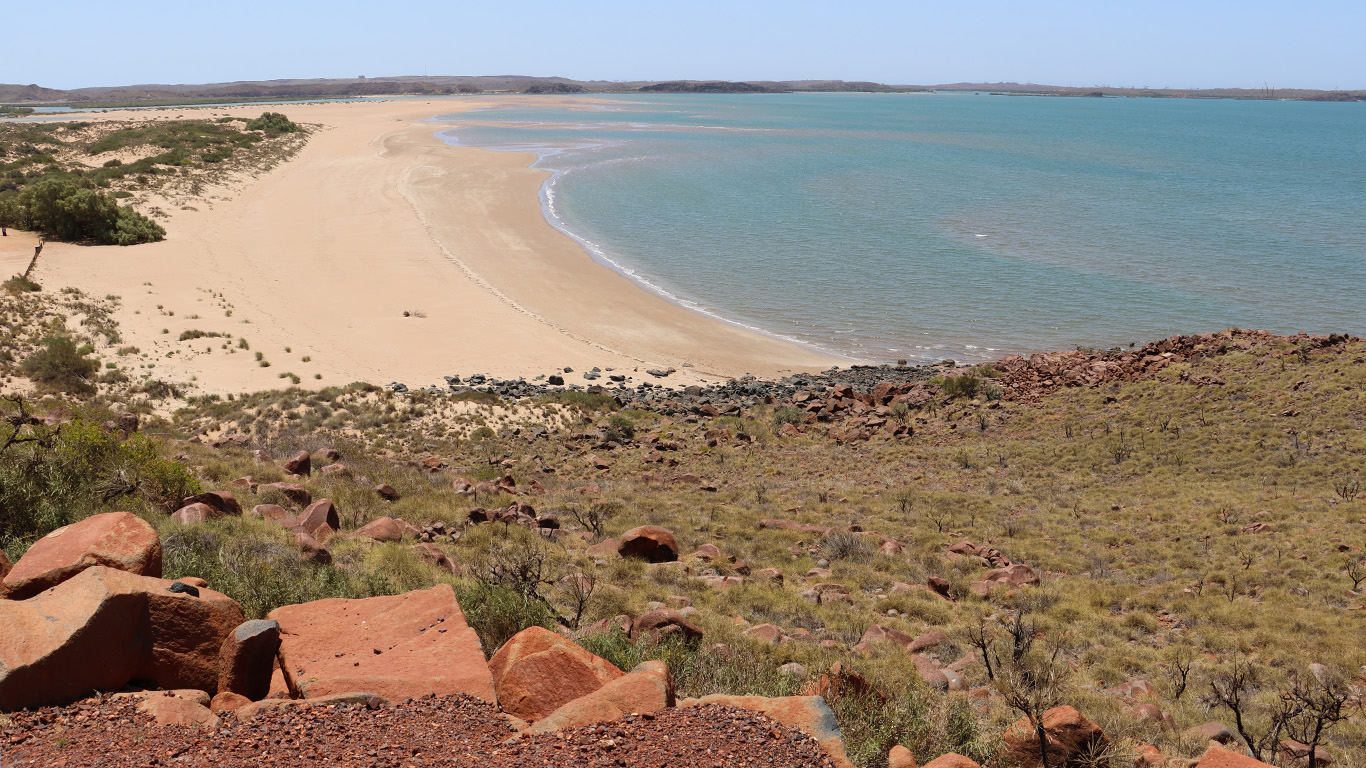


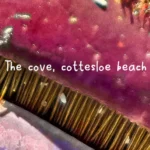

Leave a Reply
You must be logged in to post a comment.